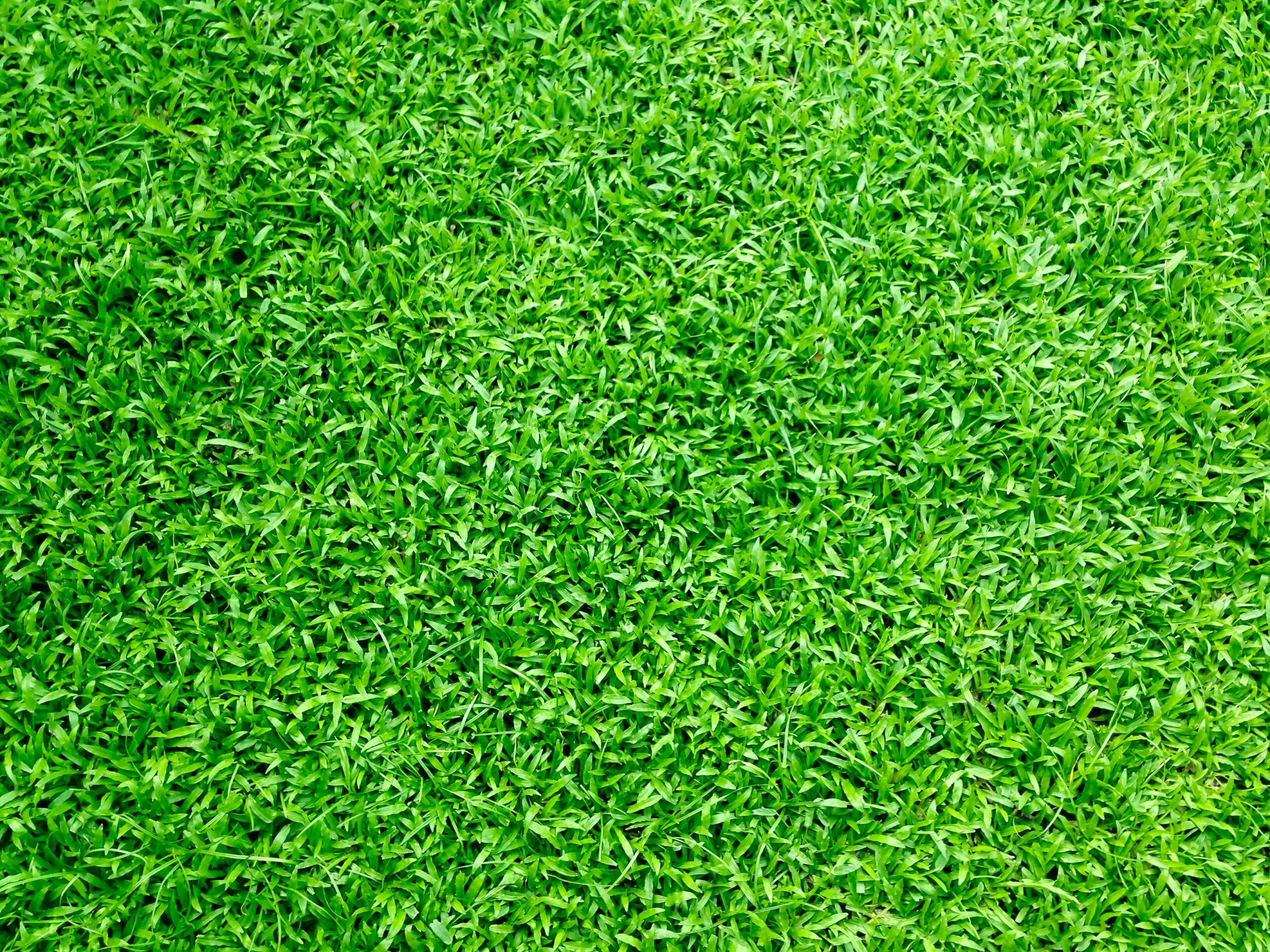The traditional grass lawn has long been the standard for American yards, but it comes with significant drawbacks: excessive water consumption, regular mowing, chemical fertilizers, and minimal ecological benefits. Fortunately, a growing movement is embracing low-maintenance yard options that create beautiful landscapes while reducing environmental impact. In this article, we’ll explore several alternatives to conventional turf that require less water, minimal mowing, and fewer chemical inputs while adding biodiversity and visual interest to your outdoor space.
Why Consider Lawn Alternatives?
The perfect green carpet lawn has become increasingly unsustainable in many regions. Traditional lawns typically consume thousands of gallons of water annually, require weekly mowing during growing season, and often depend on chemical fertilizers and pesticides to maintain their appearance. These practices not only drain your time and wallet but also contribute to water pollution, air pollution from gas-powered mowers, and habitat loss for beneficial insects and wildlife.
As climate patterns shift and water becomes a more precious resource, homeowners are reconsidering whether the conventional lawn serves their needs. A no mow lawn alternative can save up to 80% of the maintenance time required by traditional turf while creating a more resilient landscape adapted to local conditions. The shift away from monoculture lawns also supports greater biodiversity, providing food and habitat for pollinators and other beneficial creatures.
Popular Groundcover Plants as Lawn Replacements
Clover lawns have emerged as one of the most popular alternatives to grass. White clover (Trifolium repens) creates a lush, soft carpet that stays green even during moderate drought conditions. Unlike grass, clover fixes nitrogen from the atmosphere into the soil, essentially fertilizing itself and reducing the need for chemical inputs. A clover lawn also attracts pollinators and can withstand light foot traffic, making it suitable for many residential settings.
For shaded areas where grass struggles to grow, moss garden installations offer an elegant solution. Various moss species create a velvety green carpet that thrives in moist, shaded environments. While moss won’t tolerate heavy foot traffic, it creates a serene, low-profile ground cover that never needs mowing and requires minimal maintenance once established. In Japanese-inspired gardens, moss provides a timeless aesthetic that evokes tranquility and connection to nature.
Aromatic herbs like creeping thyme make excellent lawn substitutes in sunny areas. These low-growing groundcover plants spread to form dense mats that suppress weeds while releasing pleasant fragrances when stepped upon. Thyme lawns bloom with tiny flowers that attract beneficial insects and add seasonal color. Though not suitable for sports or heavy traffic areas, herbal groundcovers work beautifully in pathways, between stepping stones, or in less-trafficked portions of the yard.
Native Plant Options for Regional Adaptability
For the most sustainable approach to lawn alternatives, consider native groundcover plants adapted to your specific region. In drier Western regions, sedges and native grasses like buffalo grass create drought-resistant meadow effects that need mowing only once or twice yearly. In the Northeast, Pennsylvania sedge or wild strawberry might be appropriate choices for a low maintenance yard that supports local ecosystems.
According to experts at AskHomey, working with plants naturally adapted to your climate significantly reduces the resources needed to maintain your landscape. Native plant communities have evolved alongside local wildlife, providing better habitat value while requiring fewer inputs once established.
Installation and Transition Strategies
Converting from a traditional lawn to an alternative groundcover requires planning and patience. Most successful transitions begin with properly removing or suppressing the existing lawn grass. This can be accomplished through methods like sheet mulching (layering cardboard and compost over existing turf) or careful use of sod cutters to remove grass while preserving soil structure.
The transformation doesn’t need to happen all at once. Consider starting with a small area to learn what works in your specific conditions. Front yard borders, difficult-to-mow slopes, or shady spots where grass struggles make excellent starting points for experimenting with lawn alternatives. As you gain confidence and experience, you can gradually expand these areas until you’ve reduced or eliminated conventional turf entirely.
Maintenance Considerations
While these alternatives significantly reduce maintenance compared to conventional lawns, they aren’t completely maintenance-free. Clover lawns may need occasional mowing (perhaps 2-3 times per year rather than weekly) to maintain a tidy appearance. Moss gardens require weeding to prevent taller plants from shading the moss. All groundcover plants benefit from some attention during their establishment phase, particularly with watering and weed suppression.
The good news is that most lawn alternatives become increasingly self-sufficient over time as they establish strong root systems and spread to fill available space. The modest maintenance they do require tends to be seasonal rather than weekly, freeing up your weekends for more enjoyable activities than pushing a lawn mower.
For more tips and to connect with reliable home service professionals, follow AskHomey on Facebook and Instagram.



